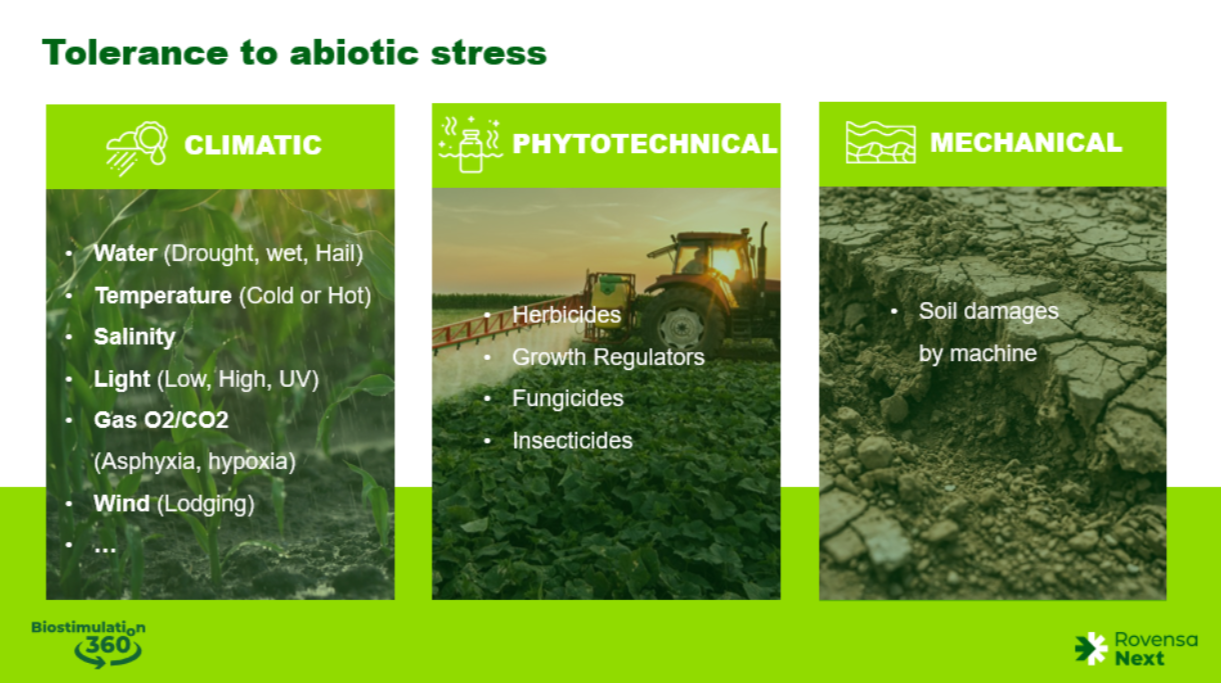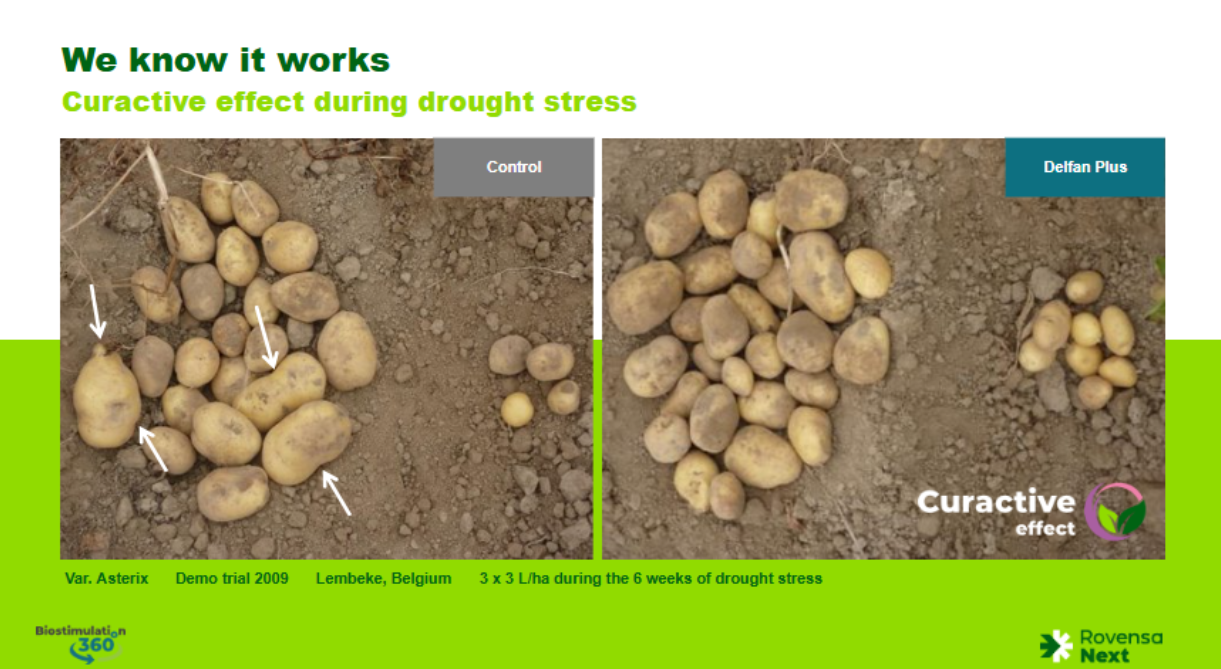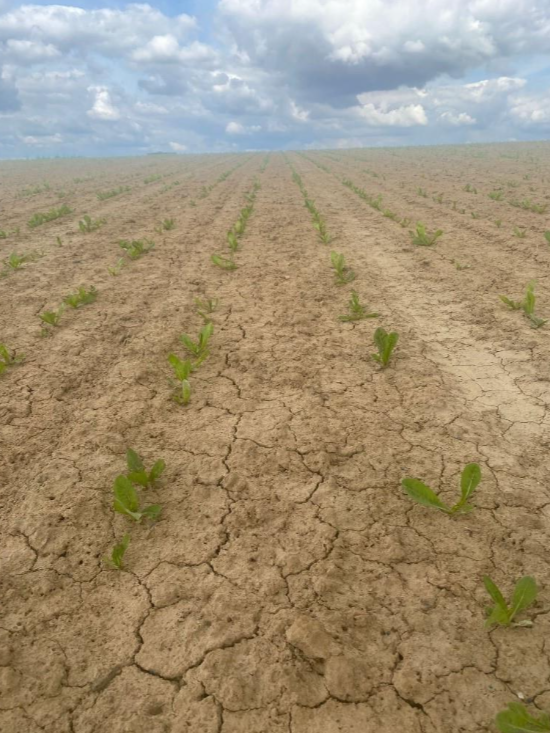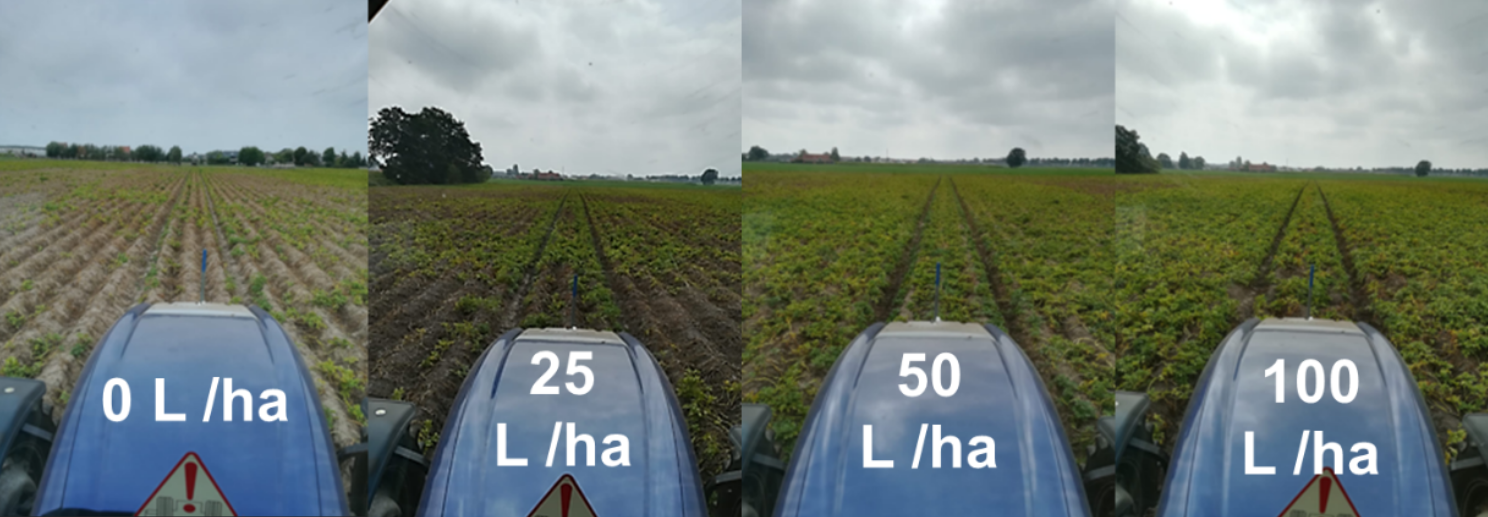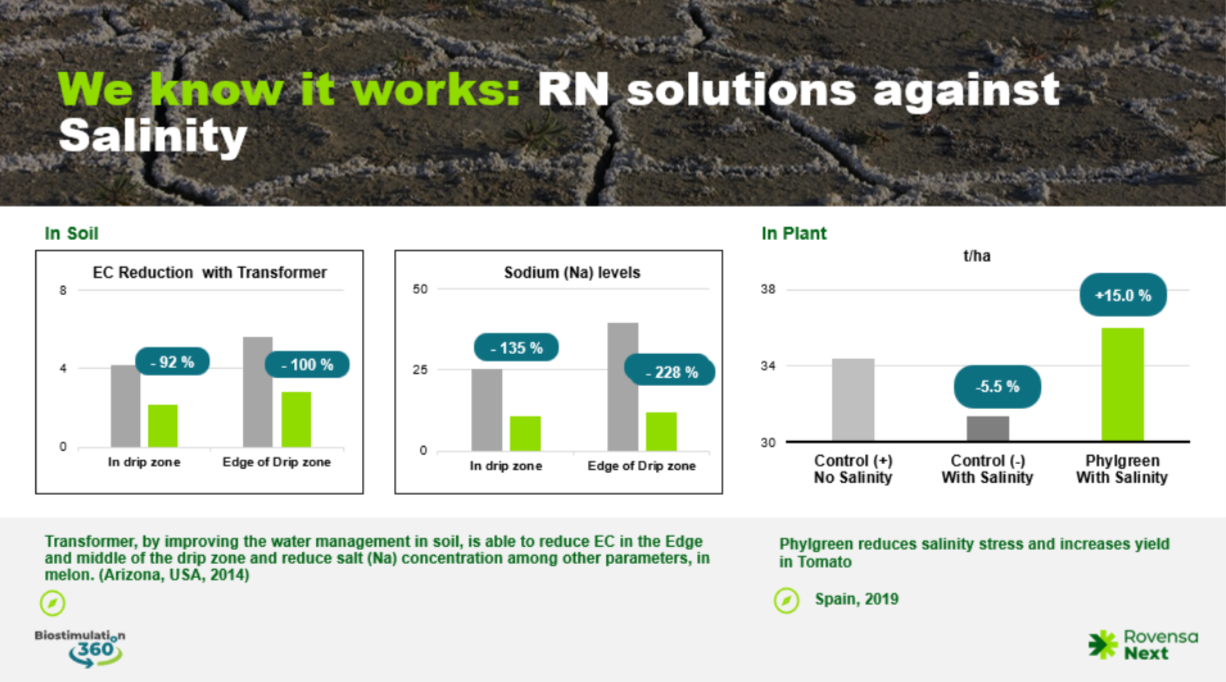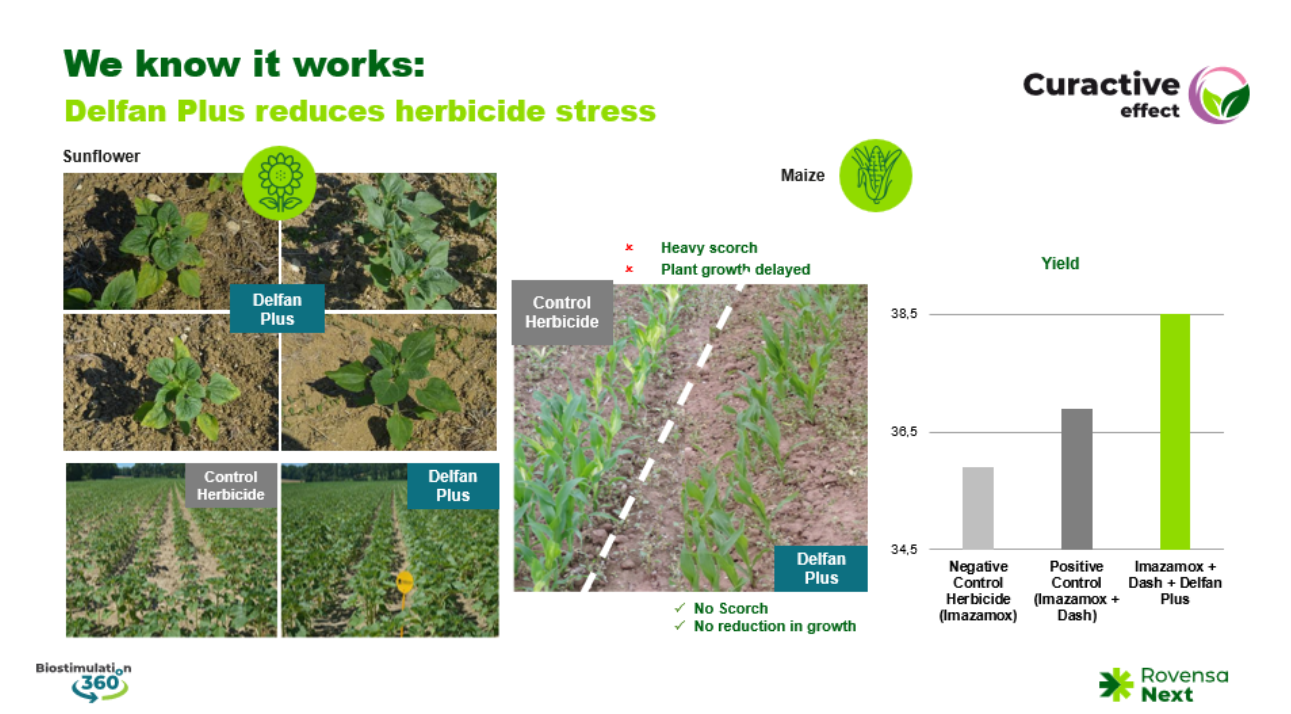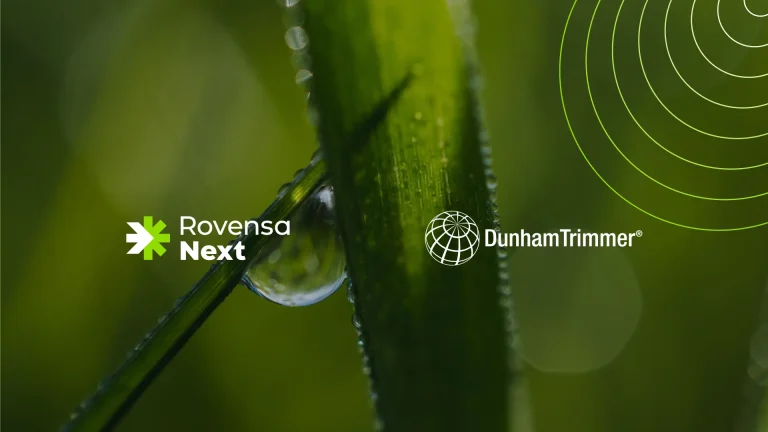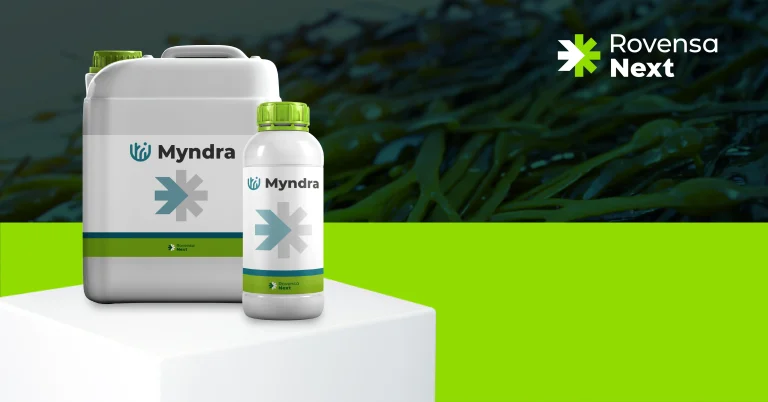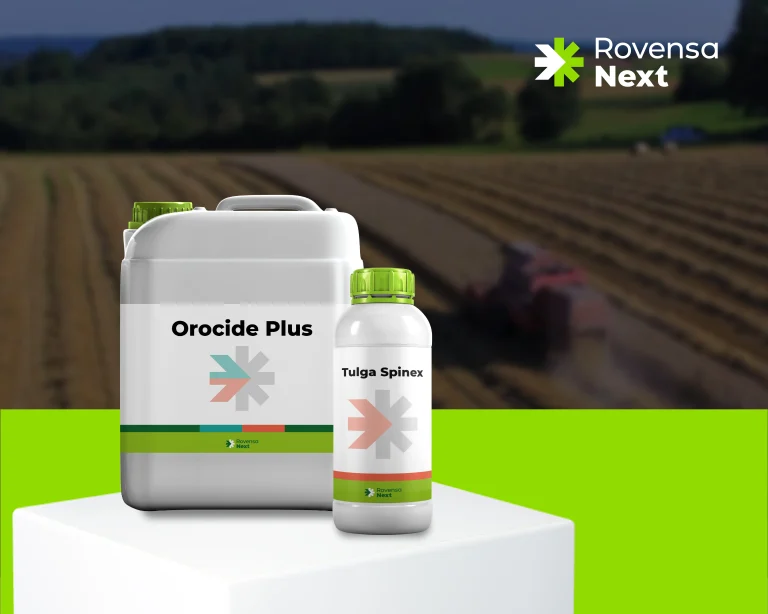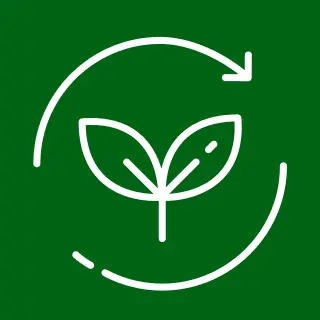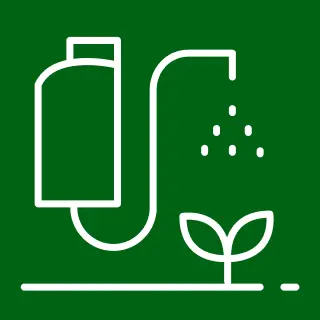Abiotic Stress in Agriculture
Abiotic stress refers to the negative impact of non-living environmental factors on crops. These stressors, including salinity, drought, and extreme temperatures, significantly reduce yield and quality. As global climatic events intensify, understanding abiotic stress and developing effective management strategies is crucial for ensuring sustainable and profitable yields for growers.
Throughout Rovensa Next´s history, we have been researching and developing solutions against abiotic stress for more than three decades, and the Biostimulation 360º strategy is the culmination of all the solutions studied and proven in the field. In the table below, you will discover which are the most impactful types of abiotic stresses, followed by our solutions for mitigating them.
Want to know more about Abiotic Stress? Click here to read this related article.
Climatic Stress
The Climatic Stress group is the most important and impactful group affecting our crops. These climatic events, such as water and temperature, can be the factor between having a profitable year or not.
Drought, cold, and heat stress are the primary abiotic stress threats in agriculture.
Drought stress is probably the most severe abiotic stress affecting crop growth, productivity, and survival, and causes significant setbacks to agricultural productivity with increasing frequency.
In the field, a drought stress event is usually accompanied by heat, UV light stress, and will trigger a reduction or stoppage of most of the metabolic processes, such as:
- Reduced transpiration and photosynthesis
- Reduced or stopped nutrient absorption
- Suppress root and vegetative growth
- Flower or fruit abortion
- Early senescence
- Overproduction of Reactive Oxygen Species
Such impactful events can be mitigated with our Biostimulation 360º strategy:
Mode of Action in Time
1. Prepare your crops against stress with our Primactive effect. “Priming” refers to a plant’s ability to prevent stress before it happens and respond to stress after exposure. Primactive effect of Phylgreen, prime the plant before stress, setting up the mechanism of stress tolerance. With the application of Phylgreen, we trigger a response inside the plant to alterations in the crop’s metabolism, enabling it to better resist the effects of drought, late frost, and heat stress. The mannitol, alginates, various polysaccharides, and polyphenol antioxidants found in Phylgreen help prepare the plant to self-manage the effects of stress. Therefore, the application of Phylgreen should be done from 9 to 2 days before the onset of stress.
Want to know more about Primactive click here. Click here to read this related article.
2. If we did not had the opportunity to apply Phylgreen, or the drought, cold and heat stress event is too long and grave, we recommend the application of our Curative solutions (Delfan Plus, Vegenergy, Ruter AA) which can help to sustain plant metabolism during stress and plant recovery after stress period, minimising energy demand by the plant. Rich in various L-α free amino acids, our Curative solutions, when applied foliar during or after stress events, Vegenergy, Delfan Plus, Ruter AA can help reinforce the crops’ coping mechanisms to relieve the adverse effects of abiotic stress by reducing the ROS, improving the Nitrogen conversion in to Amino Acids, giving a boost of energy to the crop among others.
Want to know more about Curactive? Click here.
Mode of action in place:
1. Transformer – By maximising the efficiency of soil water dynamics, Transformer can improve the water availability in our soils. This corrector enhances water retention in soil and improves soil–water interactions, increasing water availability by reducing water surface tension and enhancing penetration. This effect will increase both the efficiency of rainfall and irrigation systems in place.
We know they work – Transformer improved the emergence of sugar beet in drought stress conditions in Belgium.
2. Humic Acids – Our Humic Acid Range has been specifically designed and developed to increase the root system of the plants. With the application of Humistar, our plants will develop an enhanced fine root system, resulting in a higher capacity to absorb water and nutrients. In a drought stress moment, when the availability of water in the soil is scarce, an improved rooting system, thanks to Humifirts / Turbo Root, will make a significant difference. In stressful moments, the roots play another vital role, which is to store energy and carbohydrate reserves. With Turbo Root, by increasing the rooting system, we give our plants a higher reserve to overcome stressful periods.
We know it works – Humifirst improved the emergence and development of potato during a high drought stress period.
3. The potassium brought by Final K / Armonika will play a crucial role during the drought stress period. Potassium is the primary nutrient involved in water management and transport inside the plant, as well as stomata activity. As mentioned above, during drought and heat stress, the plant stops transpiration and photosynthesis to minimise the water loss. However, a complete stoppage will ultimately collapse the plant organism, and the applications of Final K / Armonika will help the plant manage the reduction of transpiration without shutting down completely.
Salinity, Sodicity, and Soil Reduced Fertility
Salinity is a stress that is increasingly encountered. Water quality, increased fertilizer application, and degradation of organic matter in our soils lead year by year to Salinity and Sodicity. This stress refers to the accumulation of soluble salts, such as sodium, chlorides, sulphates, and carbonates, in the soil, which can have serious consequences for plants. When soil salt levels are high, they hinder plants from absorbing water and nutrients, affecting their growth and development.
Want to learn more about this subject? Click here.
To mitigate the adverse effects of Salinity and Sodicity, Biostimulation 360º brings again a strategy based on:
Mode of action in place:
Transformer, as commented before, is able to improve the soil–water interaction and will help to leach the Sodium and reduce the EC.
Mode of action in the plant:
As Salinity and sodicity are continuous stresses for the plant, the Phylgreen applications made throughout the year will protect the plant for 360 days, thanks to the plant’s genetic expression, which enables it to respond metabolically and self-manage salinity.
Applications of Selective Herbicides and Growth Regulators
In many broadacre crops, post-emergence, our growers apply selective herbicides that target the weeds. Even if the herbicides have a selective mode of action, they partially induce phytotoxic stress within the plants, reducing the production of photosynthesis, the creation of certain amino acids, or affecting specific metabolic pathways. After the application, the crops exhibit a period of stopped or reduced growth for a week, accompanied by signs of phytotoxicity. Thanks to Biostimulation 360º, our growers can reduce the recovery period, thanks to the Curactive effect of VegEnergy and Delfan Plus, and recover a portion of the yield lost during this period.
We know it works – Delfan Plus recovers a part of the lost yield in sunflower.
Without a doubt, the impact of abiotic stress has increased substantially in recent years because of the ongoing climate breakdown. As Global Climate patterns continue to change and human activities exert more pressure on the environment, understanding and mitigating adverse abiotic stress effects in crops is becoming increasingly important to both producers and consumers. Biostimulation 360º is the perfect tool, making Rovensa Next your partner in bringing a sustainable and profitable harvest.


